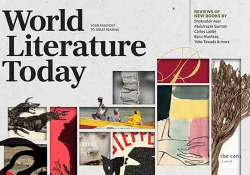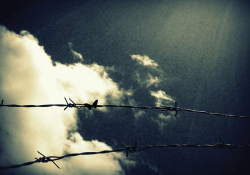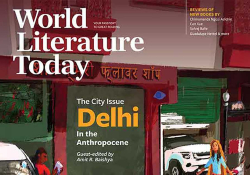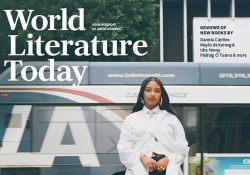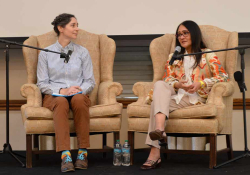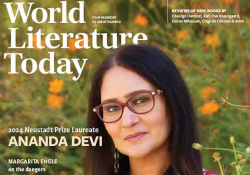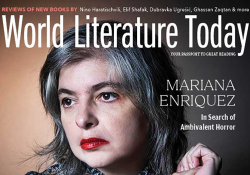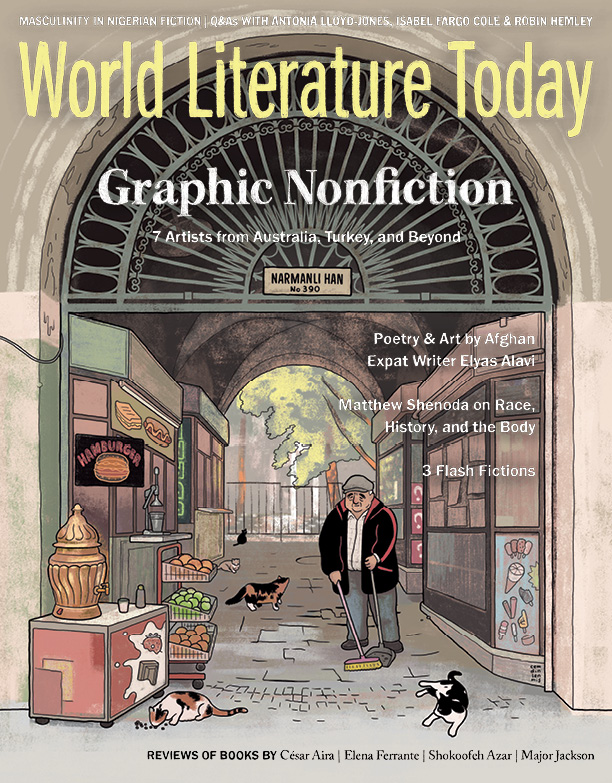Editor’s Note
 We look through the glass to see each other, but from certain angles we catch the glint of our own reflection. – Rachel Ang
We look through the glass to see each other, but from certain angles we catch the glint of our own reflection. – Rachel Ang
IF LIT MAGS sketch the “first draft” of literary history, they do so both by the content they publish as well as the implicit prism through which that content refracts the world’s radiance. In the graphic nonfictions that headline this issue’s cover feature—beginning on page 46—we don’t so much as “see” a street in Istanbul or a jail cell in Guantánamo as view a scene peopled with characters, incipient plots, and narrative devices—that is, all the conventions of literary storytelling. Through a judicious process of selection and composition, the graphic artists featured here invite their audiences to enter worlds that appear to depict “real life” but really lie somewhere between facsimile and fiction. That slight gap allows our imaginations just enough freedom to oscillate between the two. Like the cats in the arcade on the cover, a twitch of the tail is all it takes to set us down the path of reading.
Despite that gap, the nonfiction genre brings us into proximity to lived worlds that can be unsettling: Rachel Lindsay’s father tackling her to the ground before committing her to a mental hospital, British bookshop owner Moazzam Begg’s three-year extrajudicial detention in Afghanistan and at Guantánamo’s notorious Camp X-Ray detention facility after 9/11, or Rachel Ang’s sense of the “inherent vice or danger living in the shadows” behind every artist who, like Pygmalion, is tempted to fall “in love with his own craft and ego reflected back at him.” The representational possibilities in visual media lend a tangible embodiment to such shadows, beyond what language itself can describe. As Lindsay contends in her interview, “The visualization of emotional states enabled by the flexibility of the medium is totally unique and really elevates the ability for things that cannot be named in words to be shared.”
Yet graphic nonfiction conveys not only subjective states (e.g., emotion) or lifelike scenes but also critiques of the represented world. Writing “In Praise of Estrangement,” Julia Alekseyeva reminds us that form has the ability to convey “deep ethical meaning”: “Estrangement”—that is, the ability of art to defamiliarize our habituated perceptions of reality—“can reawaken our senses . . . ‘reawaken our mind not only to the beauty of the world, but also its horrors.’” By freeing viewers from “the yoke of automatization,” art not only manifests the artist’s attempt to creatively represent the known world—it also confronts the perceiving audience with its own numbness or complicity when inured to perception by “the ballast of habit.”
Such ethical considerations are not just the province of nonfiction, of course. Elsewhere in the issue, the poetry by Elyas Alavi, Mohamad Nassereddine, and Khaled Mattawa and the story by Elizabeth Joy Serrano-Quijano challenge our complacencies as well. Afghan-born poet-artist Alavi’s anti-credo, “I Do Not Believe,” is—with life-and-death urgency—a case in point. Alavi, who writes in a Dari-inflected Persian blank verse and also works as a painter and installation artist in Australia, presents a narrator who refuses to believe that his beloved might be the victim of a suicide bombing. In a future-oriented subjunctive mood (“If death be here . . .”), the narrator insists that, should his beloved have to die, let it be a natural, not a violent, death. Fearing that she might perish among strangers in the bazaar, he hopes, instead, to have the consolation of being at her side: “With my own eyes I ought to / Witness your death, your final breath. / My fingers should touch your eyelids to close. / Otherwise, no one will believe it, forever / I myself will not believe it.”
As readers, we, too, want the privilege of such acts of witnessing, at whatever remove from reality we might find them. The glass through which we see each other—and the world—refracts what it reflects; in the form of that reflection, we seek life . . . hope to instill breath.

